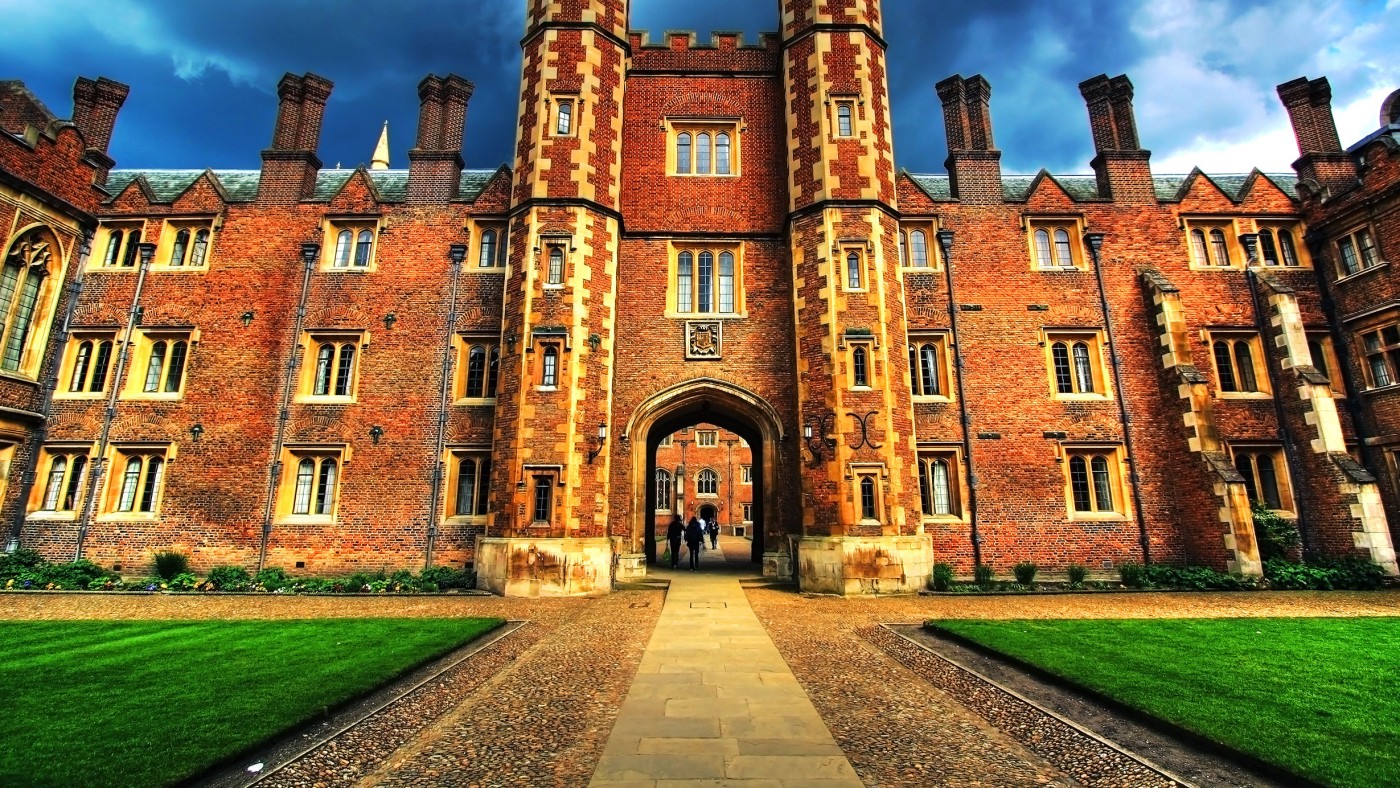Whenever we drove over the top of the Gog Magogs hills on our way into Cambridge, and could spy the spires below, the children would cry out: “Are we in another country?”
And we, laughing, would reply: “Yes, Cambridge Country!” How right they were. Cambridge really has become another nation; it’s one of the UK’s wealthiest cities with an unemployment rate 25% below the national average and a Gross Value Added 34% per capita above. There are 4,500 knowledge-intensive companies within a 25 mile radius of which at least a dozen are valued at a billion pound plus with one, ARM Holdings, makers of chips for Apple, worth a cool £13bn. The city has 12 billionaires among its alumni and still wins more Nobel prizes than anywhere else on earth.
Yet this brilliance has come at a cost – rocketing house prices and a chronic housing shortage, a lack of office space and of skilled workers, congested roads and transport links and, bizarrely, one of the lowest public funding models in the UK for its schools.
Now the city elders are fighting back: they are demanding more devolved powers from government to allow them to raise money privately and keep more of their tax revenues. Indeed, they claim that if they are not able to improve the Cambridge infrastructure then the banks of the River Cam will break, and the city will over-heat.
As you might expect, Cambridge is using its finest brains to win the argument; last week more than 11 different organizations representing influential business leaders, educationalists, local councilors and MPs got together to lobby government and formally launch the Case for Cambridge at – where else – the Cambridge Union.
Their five-point charter includes imaginative new proposals, such as a tax increment financing deal underpinned by increased tax revenues to provide capital for infrastructure, and to leverage private capital and ways for local and other public authorities to work with private investors – said to be more than ready to invest – to allow joint investments in housing and infrastructure. This could be done by relaxing the Housing Revenue debt-cap and private sector bonds.
A regional transport plan and a new devolved model for skills for apprenticeships and training as well as modernising the 30-year-old schools funding model for education are also on the list.
As Jane Paterson-Todd, chief executive of Cambridge Ahead and lead lobbyist for the blueprint, puts it: “If we don’t improve the city’s infrastructure, then Cambridge risks over-heating and we will be holding back the next wave of growth which would be tragic for the city and the economy. We want to avoid what has happened in London where people are being priced out of housing. Whitehall is holding us back.”
Predictably, there’s been no response from government to the blueprint. But the campaign has provoked a fiery response from the local EEF, the trade organization for the manufacturing sector, which has warned that while greater devolution sounds great it will only work if local authorities engage more closely with the local LEP and businesses – particularly small ones, as they are the real engines of growth. Otherwise, the EEF claims, this latest exercise will just be another example of local authorities wanting greater power and control rather than growth because they are so lousy at delivering outcomes. Far better, says the EEF, to let business be the driver of innovation, skills and training and of new transport links. Good to see that even Cambridge, with its bright ideas and brains, needs to be brought down to earth.


